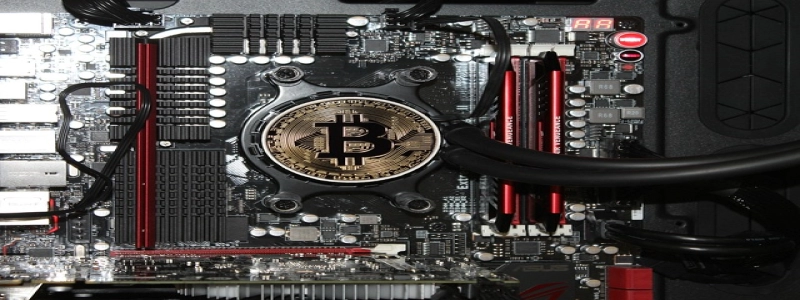N Type Connector Torque Spec
1. Introduction
N Type connectors are widely used in RF and microwave systems to provide a reliable and secure connection for signals. The torque applied to tighten the connector plays a crucial role in maintaining the electrical performance and preventing cable damage. In this article, we will discuss the torque specifications for N Type connectors.
2. Importance of Torque
Applying the right amount of torque is important to ensure proper electrical contact and prevent signal loss or reflection. Insufficient torque can result in a loose connection, leading to signal degradation and increased insertion loss. On the other hand, excessive torque can damage the connector threads or crush the dielectric, affecting both the signal quality and the connector’s mechanical integrity.
3. Torque Specifications
The torque specifications for N Type connectors may vary depending on the manufacturer and model. However, a general guideline is to use a torque wrench calibrated to the required torque value. The common torque spec for N Type connectors ranges from 10 to 15 inch-pounds (1.13 to 1.70 Nm).
4. Torque Application Process
To ensure an accurate and consistent torque application, follow these steps:
a. Use a torque wrench: Select a torque wrench that matches the required torque value. Make sure the wrench is properly calibrated to provide accurate measurements.
b. Clean the connector: Before starting, ensure that the connector and cable surfaces are clean and free of any debris or contaminants.
c. Position the connector: Hold the connector firmly and align it with the mating interface. Gently place it onto the interface without forcing it.
d. Apply torque: Attach the torque wrench to the connector and slowly apply the torque in a clockwise direction. Take care not to exceed the recommended torque value.
e. Verify torque: After tightening, double-check the torque applied using a torque verification tool or a calibrated torque wrench.
5. Additional Considerations
Here are some additional points to keep in mind when working with N Type connectors:
a. Overtightening: Avoid overtightening the connectors, as this can lead to damage or deformation of the connector components.
b. Under-tightening: Ensure that the connectors are not under-tightened, as this can result in poor electrical contacts and instability.
c. Connector care: Handle the connectors with care to prevent scratches, dents, or other damages that may affect their performance.
d. Torque consistency: Maintain consistency in torque application across all connectors within a system to ensure uniform performance.
6. Conclusion
Proper torque application is crucial for N Type connectors to achieve optimal electrical performance and mechanical integrity. By following the recommended torque specifications and application process, you can ensure reliable and durable connections in your RF and microwave systems. Remember to handle the connectors with care and maintain uniformity in torque application for consistent results.








